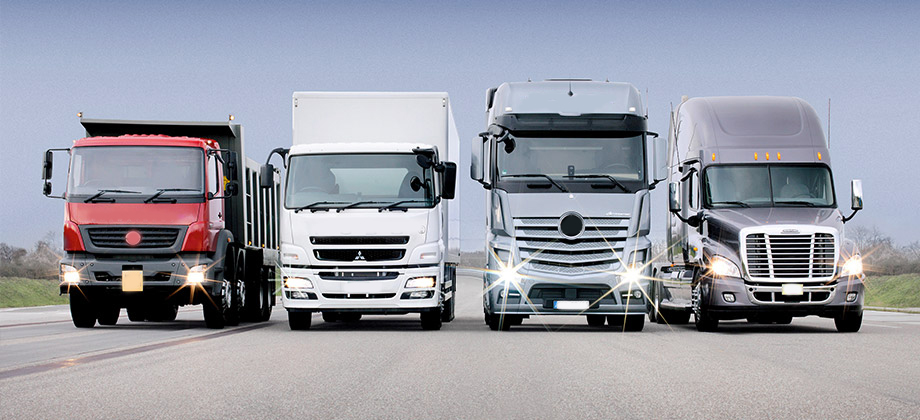Amongst all the modes, rail and road transport are the most significant. The modal share between these two has changed over the years, from the 80% rail share in 1950-51, to the road share becoming 65% in 2011-12. Road overtook rail in the early 90’s (Figure 1).This shift was a consequence of the inability of the Indian Railways to provide the required capacity or respond with expected customer service, while road transport could provide door to door service. Further, during the last two decades, road infrastructure expanded rapidly on account of focused policies and investments. The contribution of the transport sector to India’s GDP has increased from 6% in 2001-02 to 6.7% in 2012-13.Roads are the primary infrastructure required for the trucking sector. As per the 2013 estimates, the total road length in India was 4.7 million kilometers, making the Indian road network the second largest in the world after the United States. Indian roads are classified according to their primary source of financing.

These entities account for the largest share of the truck fleet in India, owning say less than five trucks. The trucks are driven by a set of family members or hired loyal drivers. The drivers are usually assisted with a helper and virtually live in the truck. They largely depend on brokers for getting business, either directly from customers or through trucking companies. Some of them ‘attach’ themselves to specific trucking companies. The rates they get are as per the market which reflects the supply-demand situation on specific origin-destination segments. Despite of growth in this sector Truck Owners have to face a large and serous Number of problems.
It has been found out that the Indian trucking industry has around 5.6 million vehicles on the road and needs around 700,000-800,000 new truck drivers every year. Drivers spend long hours driving in extreme conditions. Drivers are away from home for weeks at a time— of course, local drivers return home in the evenings. The situation becomes dire with innumerable and time consuming stoppages at entry points and check points to pay toll charges and taxes like OCTROI and sales tax.The quality of roads and safety measures being used in India are very risky. It increases truck maintenance cost and crew are always at risk of their lives. It also leads drivers exposed to hazardous diseases like asthma, cancer and many more.